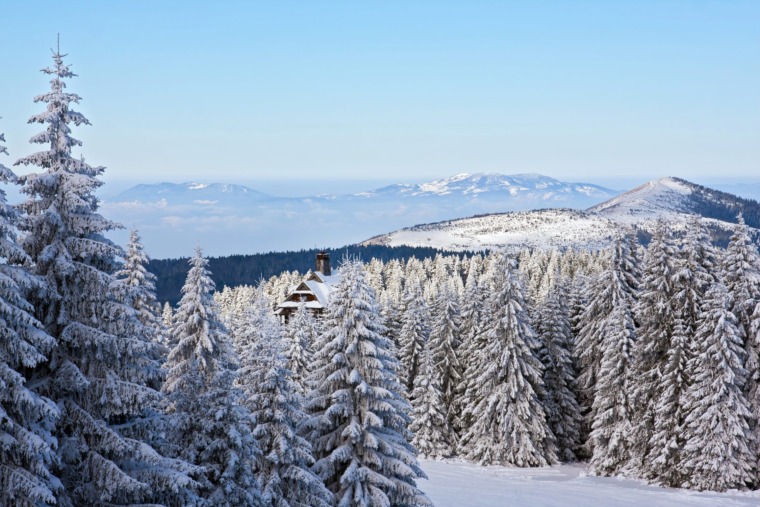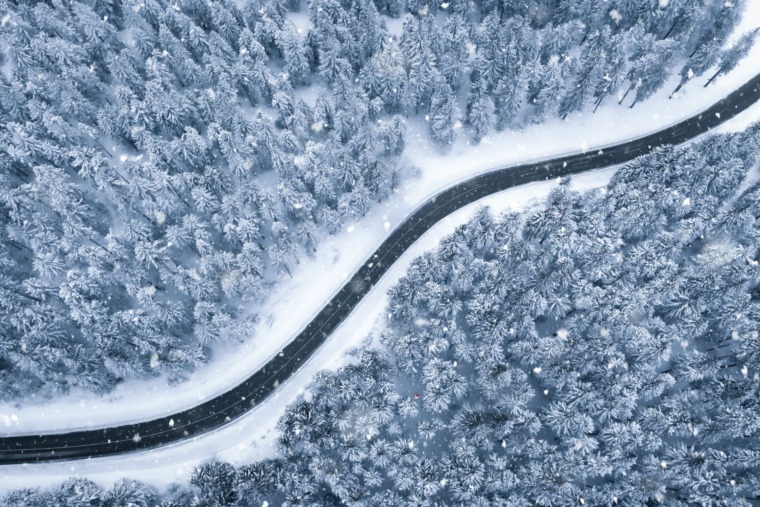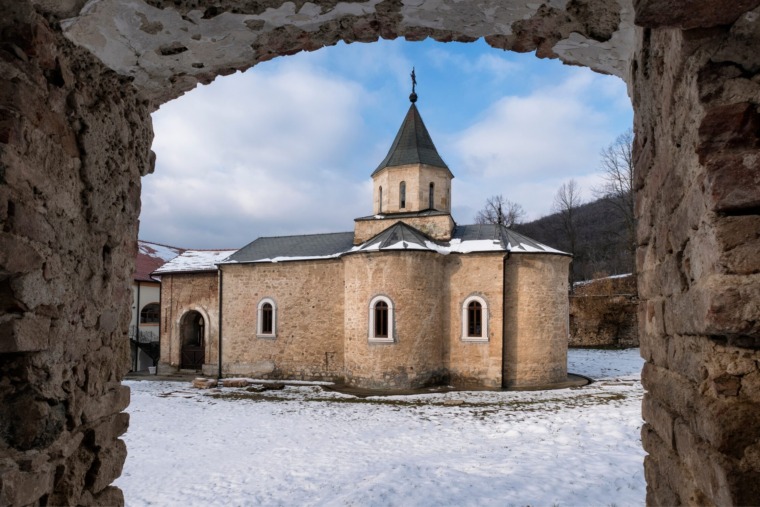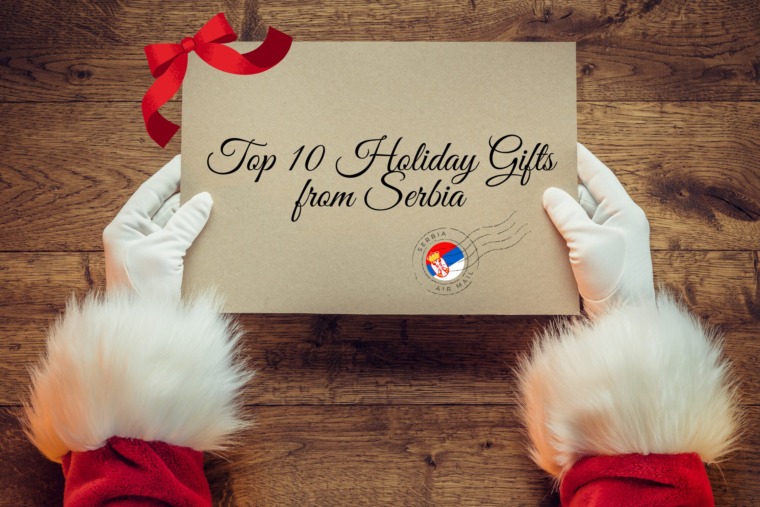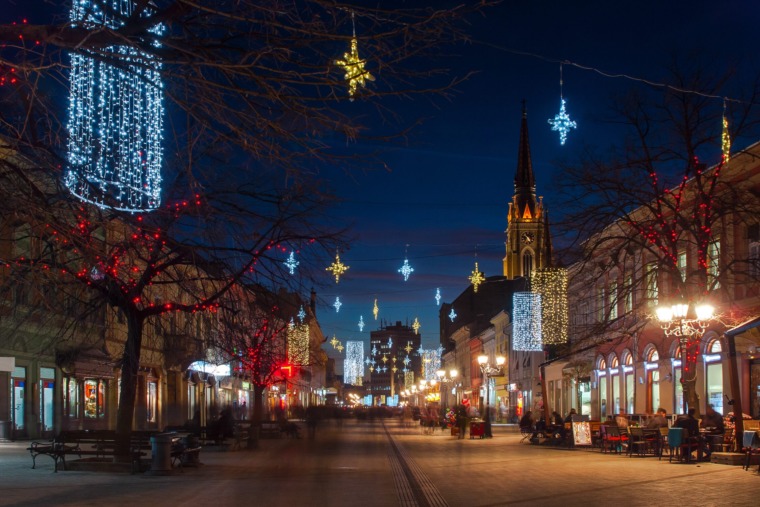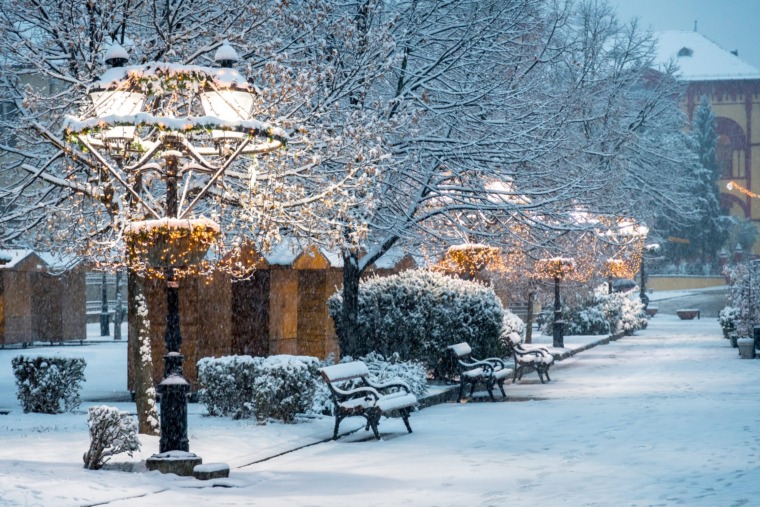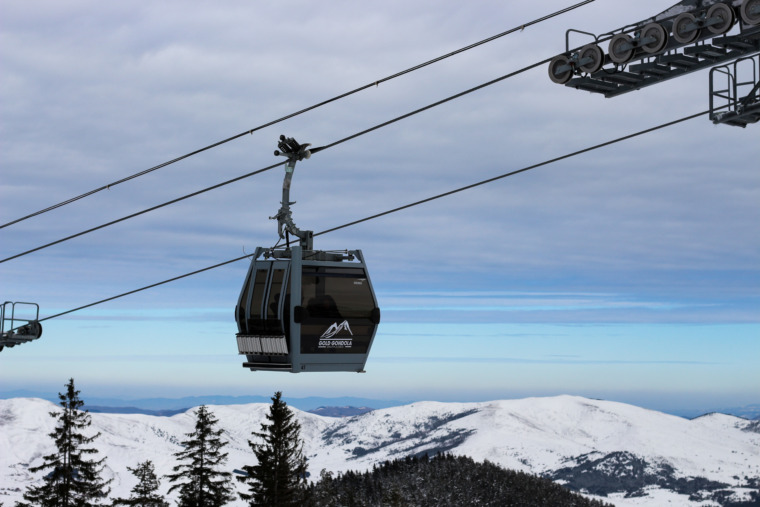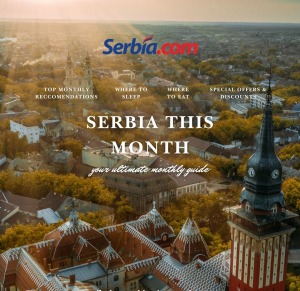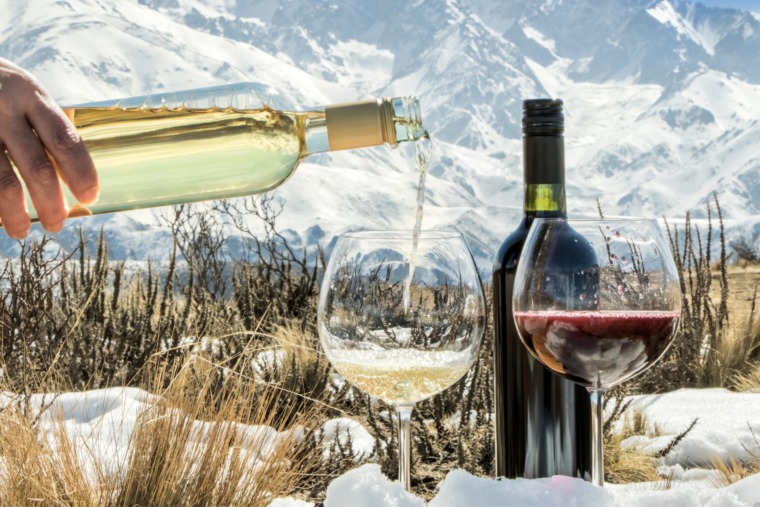

[dt_gap height=”10″]
The migration from villages to cities has lasted for decades, which makes the story of the arrival of foreigners and young people to a village sound like science fiction. In Vrmdža, a village at the foot of Rtanj near Sokobanja, about 20 estates have been bought in the last few years, with new residents arriving from Venice, Pittsburgh, New York, Belgrade, Zrenjanin, Subotica and Novi Sad. They are rearranging houses that are more than a century old and an American can now be found on the voting list.
Lucio De Marco first came from Venice with his wife Biljana. While travelling the world he had the opportunity to see many beautiful places to live and he chose to settle in Vrmdža when he saw houses surrounded by forests and streams, despite the fact that on the road leading to the village he counted as many as 2453 potholes. He soon went native and began to work the land, distill brandy and learn to speak Serbian.
[doptg id=”15″]
SOUNDS OF SOUL, JAZZ AND PUNK
In the village streets you may also meet Paul Shaper, a punk opera composer. This young American, whose career is on the rise, relocated here with his wife Marija and son Adam. They bought an old house, introduced the latest computer equipment and connected to the village’s high speed internet link. When not composing for Hollywood and London producers, Paul enjoys hanging out with his neighbours, and no one is surprised anymore by the sounds of soul and jazz coming from the house.
Then came another family from America, with all the new residents given broad publicity in the media. What had been quiet streets until then were suddenly being cruised by photographers, with cameras peering into barns and orchards and tourists starting to arrive.
LATIN – TOWN
In the centre of the village rises a rock of imposing dimensions rock where fortresses were built from the 3rd century. The famous Latin – town recalls the traces of many armies. Here stood a Roman watchtower to defend the imperial road; from here the Byzantine Empire was defended from Slavic tribes and it was a residence for wealthy folk and merchants from Dubrovnik. It was destroyed in 1413.
SOURCE OF INSPIRATION
A signpost on the Aleksinac – Sokobanja road indicates the turnoff for Vrmdža, which is now a brand new asphalt road. Passing by meadows and fields, the road winds and climbs to the houses on the slopes of Mount Rtanj, which are home to about 800 residents. The village is named after the word Vrm, which means place of springs, wells and streams. Taps have been installed next to the springs and the households are connected to the water supply. Because of the rich streams, the area is overgrown by trees, grass and plants, so much so that the village could be called Lush Vrmdža.
On a plateau surrounded by pine trees is the Church of the Holy Trinity, built in 1818, and old school which today houses the Village Museum. The ethno display, which even major cities would not be ashamed of, consists of items for craftwork, furniture, folk costumes from this region and part of the old school inventory. In front of the museum is a statue from one of the sculpture colonies that were held here.
WHERE HOUSES HAVE NO WALLS
“We found out about this strange place from friends who invited us to visit them. The Prvulović’s story that they left Belgrade to live in Vrmdža and deal with rural tourism and the growing of organic foods encouraged us to think. We saw attractive apartments that were made from old houses and barns in this natural oasis and we also wished to live in harmony. We no longer wanted to run to work, to leave our children in nursery school and see them only in the evenings when we are worn out,” says Mirjana Gnjatić, who bought an old house beside the river with her husband Peđa.
“When we slept here that first night we felt like the house had no walls and since then our sons Šiva and Teo have slept peacefully. Here are all the pores open and the body merges with the environment, the living being spreads out and feels free and strong. We plan to launch a yoga centre and would organize accommodation for our customers in cooperation with the locals,” says Mirjana.
RURAL HOUSE BUILDING
Mrijana’s namesake, local grandmother Mirjana, who grew up in a house across the street, is joyful about the arrival of her new neighbours and their guests. The old way of building is again cheap. Houses are built with a stone basement, which represents the foundation of the house, upon which are set oak beams, with walls made of earth and straw and a façade of added chaff that is finally coated in a layer of lime and sand mortar. The Čikoš family from Zrenjanin has built such a house and plans to build several bungalows for tourists.
WEB PRESENTATION
Vrmdža has created a great website with the slogan “Source of health and beauty”. Vrmdža locals invite guests, pave the roads, create cycle paths, introduce modern communication connections etc. Info: www.vrmdza.org.rs
Following the example of the newly arrived residents, several families opted to deal in rural tourism. Old houses in the village are cheap. Guests come from all over, mostly day trippers, though there are a growing number of visitors who remain for several days in nicely decorated households and enjoy the local food, cows’, sheep’s and goats’ milk, Rtanj tea, Rtanj lamb etc. They can have lunch in the small restaurant next to grandfather Mija’s mill, which is again working full time. From there the road next to the River Vrmdža leads to the small but beautiful Vrmdža Lake, then further on over wide fields as it climbs to the top of Rtanj.
Vrmdža is not the only village in Serbia where nature has healing qualities. They have a healthy, green environment, the legacy of Latin – town, a multitude of fresh water springs… But what led so many to settle here? If you ask the locals from Vrmdža, they will say with a smile that only those who live at the foot of this mountain know its power.
Text and images: Roza Sazdić
Related Articles

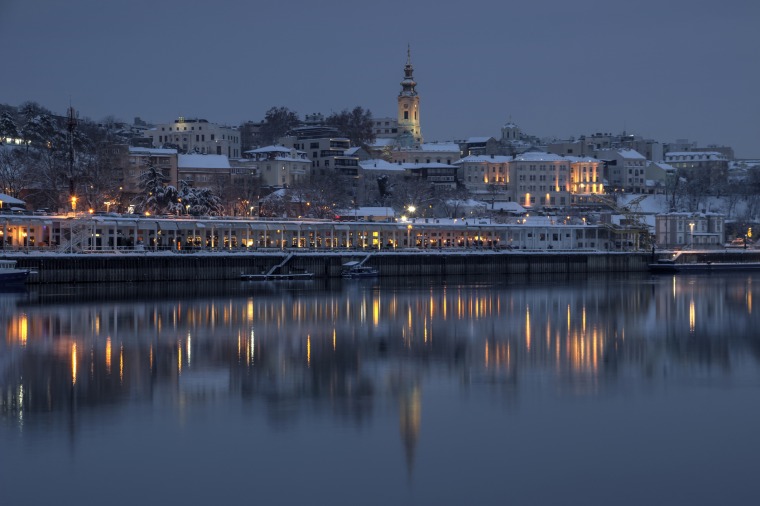
Belgrade in December: A City of Lights, Warmth, and Holiday Magic
December 5, 2025